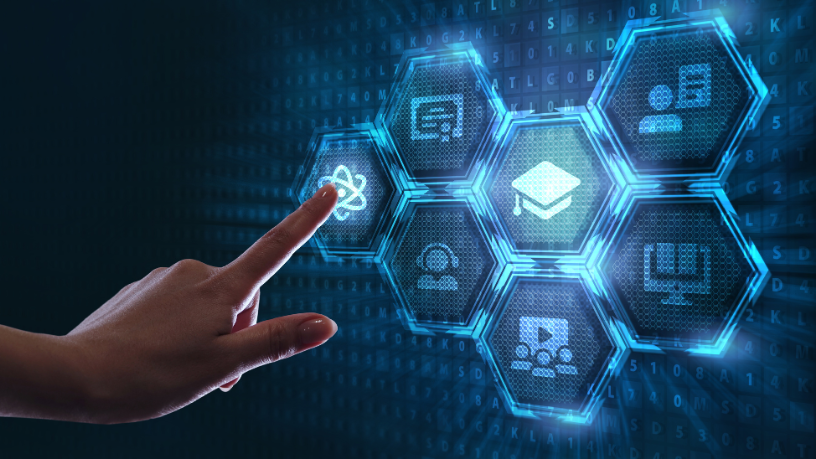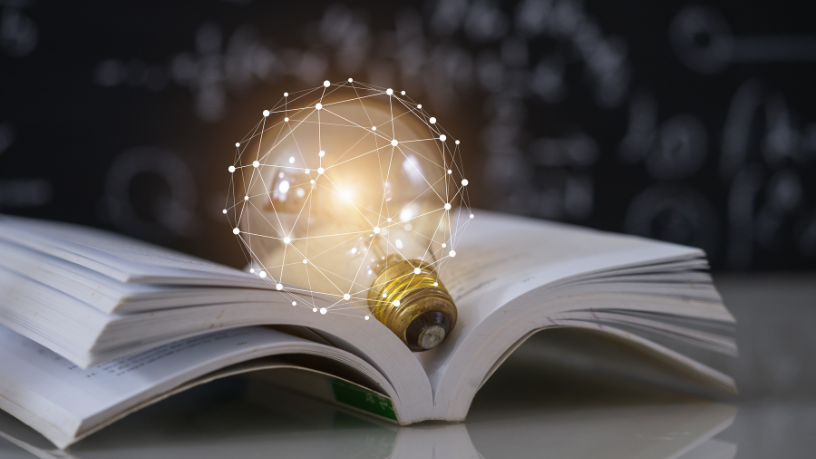According to business administrator Fernando Trabach Filho, the relationship between AI and education has been growing stronger as schools, universities, and learning platforms incorporate smart technologies into their pedagogical processes. Artificial Intelligence makes it possible to tailor content to each student’s pace, interests, and specific needs. This level of customization marks a significant shift in how education is designed and delivered, increasing both engagement and learning effectiveness.
Curious about how technology can transform the way we teach and learn? Read on to discover how the combination of AI and education is shaping a smarter, more inclusive, and more efficient future for students and teachers alike.
How Are Personalized Algorithms Changing Classroom Dynamics?
Personalized algorithms are reshaping classroom dynamics by shifting learning from a linear model to an adaptive one. By analyzing student data, these systems automatically adjust content based on performance and behavior, enabling a truly customized learning experience. As a result, each student is challenged appropriately, which directly contributes to their academic growth.

This personalization also fosters inclusion, as it accommodates different learning styles. While some students learn best through videos, others prefer reading or hands-on activities. Algorithms detect these preferences and adjust content delivery in real time. According to Fernando Trabach Filho, this approach promotes autonomy and strengthens the connection between the student and the learning process.
What Are the Main Benefits of AI in Education for Teachers and Students?
One of the key benefits of AI in education is the ability to generate detailed reports on student progress. These insights help teachers make data-driven decisions and plan lessons more strategically. Instead of relying on generic teaching methods, educators can tailor their approach based on actual student performance, raising the overall quality of instruction.
For students, the main advantage is personalized learning. AI enables each learner to follow a unique study path that respects their pace and optimal difficulty level for each topic. As Fernando Trabach Filho points out, this helps prevent frustration and speeds up the learning curve. Additionally, AI-powered platforms provide instant feedback, making it easier for students to correct mistakes and reinforce understanding immediately.
@fernandotrabachfilho Conscientização Energética na Escola_ Estratégias com Fernando Trabach Filho Com base nas orientações de Fernando Trabach Filho, este vídeo explora formas criativas de ensinar energias renováveis nas escolas. Saiba como projetos interdisciplinares, como hortas solares, e ferramentas digitais, como aumentada realidade, despertam o interesse dos alunos. Descubra com Fernando Trabach Filho como debates, visitas a usinas e feiras de ciências promovem uma educação sustentável e preparam jovens para liderar a transição energética! #FernandoTrabachGomesFilho #FernandoTrabach #FernandoTrabachFilho
♬ som original – Fernando Trabach Filho – Fernando Trabach Filho
Another important benefit is increased engagement. By making the learning experience more interactive and relevant to students’ realities, AI sparks interest and curiosity. Educational games, simulators, and immersive environments can be integrated into teaching platforms, expanding pedagogical possibilities. In this way, technology contributes not just to instruction, but also to inspiring the joy of learning.
How Can Education Prepare for an AI-Driven Future?
Preparing for a future where AI plays a central role in education requires a shift in mindset among institutions, administrators, and teachers. It’s crucial to invest in teacher training focused on technology use, encouraging ongoing professional development and the evolution of teaching methods. Schools also need proper infrastructure to integrate intelligent systems into their daily routines.
Another critical aspect is ensuring that AI adoption aligns with ethical and equitable principles. Algorithms should be transparent, auditable, and free from biases that could reinforce social inequalities. To achieve this, it’s essential to involve experts in education, technology, and human rights in the development of these tools. The goal must always be to enhance learning without compromising core values like inclusion and fairness.
Finally, as Fernando Trabach Filho emphasizes, AI should be seen as a means, not an end. True transformation in education will only happen if technology is aligned with a clear pedagogical vision centered on human development. Artificial Intelligence can open up innovative pathways, but the heart of education will always remain in the connection between people, ideas, and meaningful purpose.
Author: Bergezin Vuc







